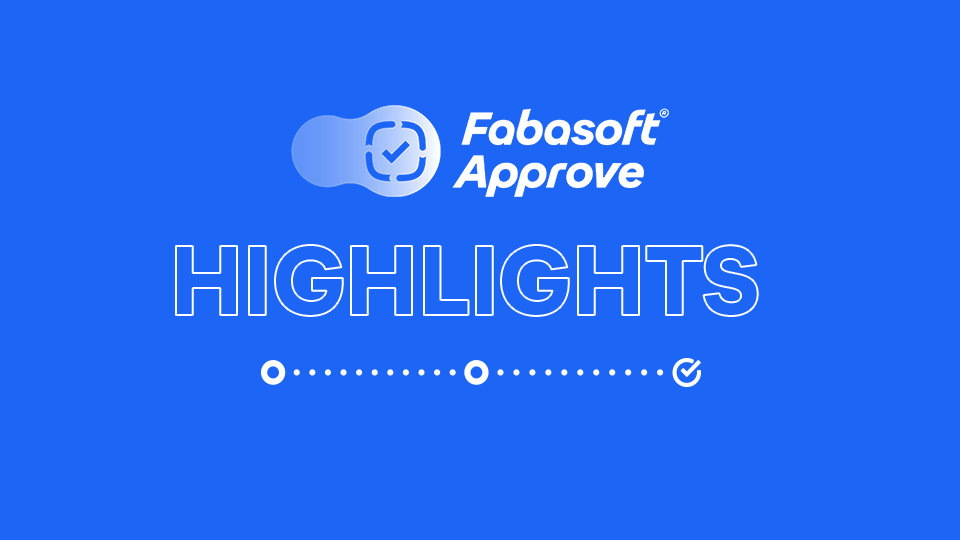Today, the introduction of document management software (DMS) or quality management software (QMS) forms one of the central building blocks of any digital corporate strategy. Whether in order to meet regulatory requirements, to optimize processes, or to increase efficiency and transparency – the benefits of such systems are undisputed. However, many DMS/QMS projects nevertheless fail or fall far short of their potential.
Below, I will highlight the key factors that pave the way to success.
Prerequisites for a successful DMS/QMS implementation
A modern document and quality management system (DMS/QMS) is a key lever enabling companies to optimize processes, comply with quality standards, and improve collaboration. It bundles project-specific documents such as parts lists, technical drawings, or test reports in one place, enabling an interconnected perspective on all relevant information.
The key to successful rollout is to plan everything carefully from the outset, to communicate clearly, and to implement it all in a consistent manner. A smart DMS/QMS must not only convince in terms of its functionality, but also allow for easy integration into everyday work.
The following success factors play a key role in this regard:
Clear objectives and a structured roadmap
Before choosing a DMS or QMS, it is advisable to define clear objectives: Which processes are to be optimized? Which departments are involved? It is equally important to define functional and technical requirements at an early stage. It is precisely here that the question on how to use Artificial Intelligence arises, i.e., whether the future system will be AI-supported. AI functions such as automatic list completion, document classification, and data extraction offer great potential, particularly when it comes to document and quality management.
💡Benefit: A structured roadmap with clearly defined responsibilities and realistic milestones will not only ensure transparency and provide guidance, but it will also form the basis for targeted implementation tailored to the specific requirements of the company.
Change Management: early user involvement
By involving users from the outset, you create acceptance, promote practical requirements, and prevent undesirable developments. A proven approach is the initial testing of the project in a clearly defined pilot project. Joint workshops are a good way to define requirements and create a proof of concept (PoC) based on these, which can then be tested and further developed in practice.
Simultaneously, clear, continuous communication about goals, benefits, and concrete changes in everyday work is essential. If those concerned understand why something is changing and how they will benefit from it, there will be less resistance.
💡Benefit: When users actively participate in shaping the system, they develop a better understanding of it and are much more open to changes.
Seamless integration into the existing IT landscape
In order for a DMS/QMS to deliver real added value in day-to-day operations, it must be seamlessly integrated into the existing IT structure. This includes compatibility with key ERP, PLM, or CRM systems. Ideally, the software will support modern, standardized interfaces (APIs) that enable automated data exchange and cross-system mapping of processes.
In the early stages of a project in particular, it is important to intensively address the technical framework conditions: Which systems need to be integrated? Which workflows are already operating digitally? And which types of documents must be regularly exchanged between tools? Only by answering these questions early on will you be able to prevent media discontinuity in an effective manner and thus harness the full potential of the DMS/QMS.
💡Benefit: A well thought-through system integration minimizes media breaks, reduces manual effort, and increases the efficiency of interdepartmental processes.
Secure access control and data protection
A clear, structured user interface with role-based authorizations ensures that each person in the system only sees the information, tasks, and functions that are relevant to their respective role. This is particularly essential in regulated environments with sensitive documents and approval processes.
At the same time, the system must be able to reliably map company-wide data protection and security guidelines: Who is authorized to view, edit, or release which documents? Can confidential data be processed in an audit-proof manner? These types of requirements must already be considered during the design phase and implemented in a technically sound manner in order to meet compliance requirements on a permanent basis.
💡Benefit: Clearly defined role and rights management protects sensitive information, simplifies employees’ daily work, and ensures that companies reliably comply with regulatory requirements.
Easy adaptability to company requirements
A crucial success factor in the introduction of a DMS/QMS is the ability to quickly adapt standard processes such as document releases, approvals, or review processes to company-specific requirements without significant technical effort. Modern systems offer predefined process modules for this purpose, which can be flexibly combined.
No code / low code functionality is particularly advantageous here, as it allows specialist departments to model or modify forms and entire workflows completely independently, without any programming effort.
💡Benefit: Flexible, customizable workflows that require no programming considerably shorten project durations, reduce personnel costs, and, thanks to minimal training requirements, allow the tool to be used quickly and efficiently in everyday work.
Fast rollout thanks to agile project implementation
A key criterion for success when implementing a DMS/QMS is the speed with which initial results can be achieved and companies can map real use cases. Modern systems enable precisely that. Agile project implementation, using pre-customized modules and templates, allows for the rapid creation of a functioning prototype that can be gradually adapted to the specific requirements of the company.
💡Benefit: Adaptations that can be implemented directly and without long development cycles in the ongoing project reduce complexity and ensure rapid rollout.
Digital efficiency requires a smart DMS/QMS
Implementing a DMS/QMS is a crucial step towards sustainably increasing efficiency, quality, and transparency within the company. Early detection of common stumbling blocks makes it possible to take targeted countermeasures and thus lay the foundation for successful implementation.
A state-of-the-art DMS/QMS system such as Fabasoft Approve features smart AI functionalities, a clearly defined role and authorization concept, flexibly customizable workflows, and can be seamlessly integrated into the existing IT and process landscapes. The user-friendly interface also reduces the need for training and resources and will ensure genuine acceptance in everyday working life.
Introducing a DMS or QMS with clear objectives, a practical focus, and actively involved users lays the foundation for sustainable project success. This ensures that the implementation is not a one-off IT project, but rather a future-proof system that truly improves everyday work as a reliably established corporate component for the long term.




